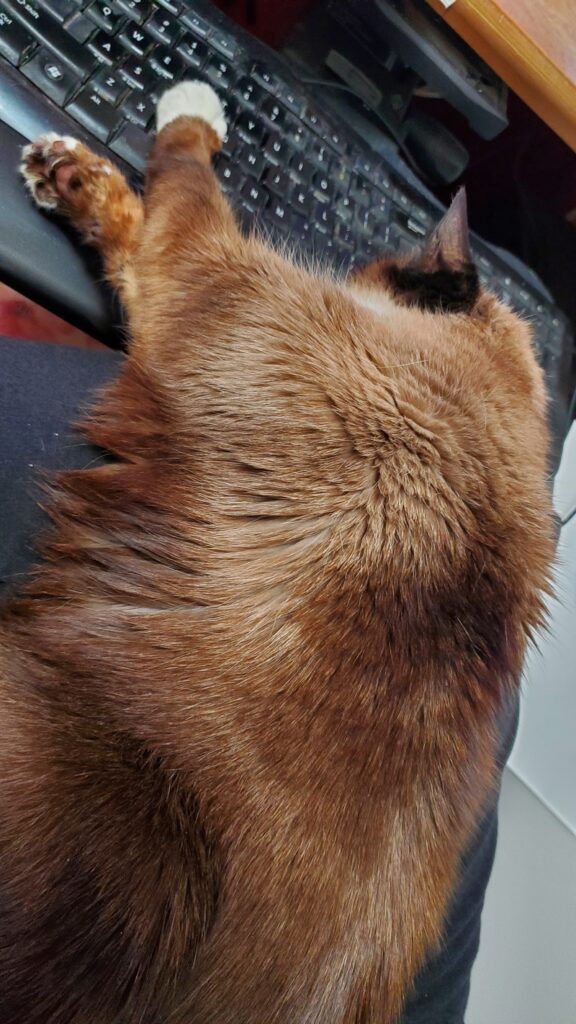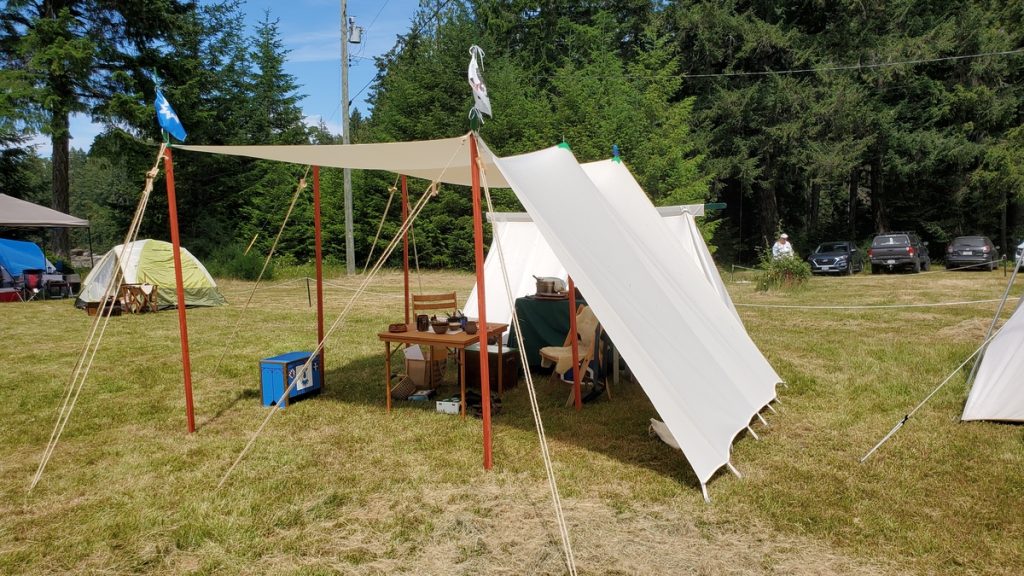The 2024 update to my Field Only Armoury Project is done! This update incorporates everything up to the April 2024 LoAR.
We’re up to 270 registrations of devices & badges, starting with Fridha av Bergen’s Argent masoned azure and ending with Emrys the Wanderer’s Wolves-cut palewise inverted sable and Or, a new entry for this year as a result of being re-classified.
For those of you new to the FOAP, this started back in 2017 with me wanting to get better at both blazon (the language used to describe herald things) and emblazon (the art of depicting heraldic things) and as this is now the sixth annual update of the project, it’s fair to say the Project is firmly a thing in it’s own right. I get contacted by people from around the SCA about it fairly regularly, and it’s inspired some very cool heraldry… which then gets documented in the FOAP, so it’s a nice feedback loop!
Here’s the 11 page PDF, laid out on 11″x17″ pages (North American Ledger size paper). It scales down nicely to print on Letter or A4, though.
I don’t have a “just this year’s updates” PDF for you this year, I’m afraid. I do have the usual sources ZIP file, though, including the Excel working file, the SVG working file, and a short readme Text file.
Thanks as always to the folks who provide feedback and encouragement for this project, and extra shoutout to Mathghamhain Ua Ruadháin of East Kingdom, host of the essential HeraldicArt.org site, not only for his amazing website but for his continuing personal interest in this weird heraldic project of mine.
In Heraldic Service,
Vémundr Syvursson
Barony of Seagirt, Principality of Tir Righ, Kingdom of An Tir
Pily barry argent and azure
This edition of the Field Only Armoury Project goes out dedicated to our late, great Siamese, Evil Kitteh, who finally passed at the grand old age of “somewhere around 19” a few weeks ago while I was beginning the 2024 update, after many years of being an entire ergonomic disaster while I was on the computer and otherwise ruling our house with an iron paw.

